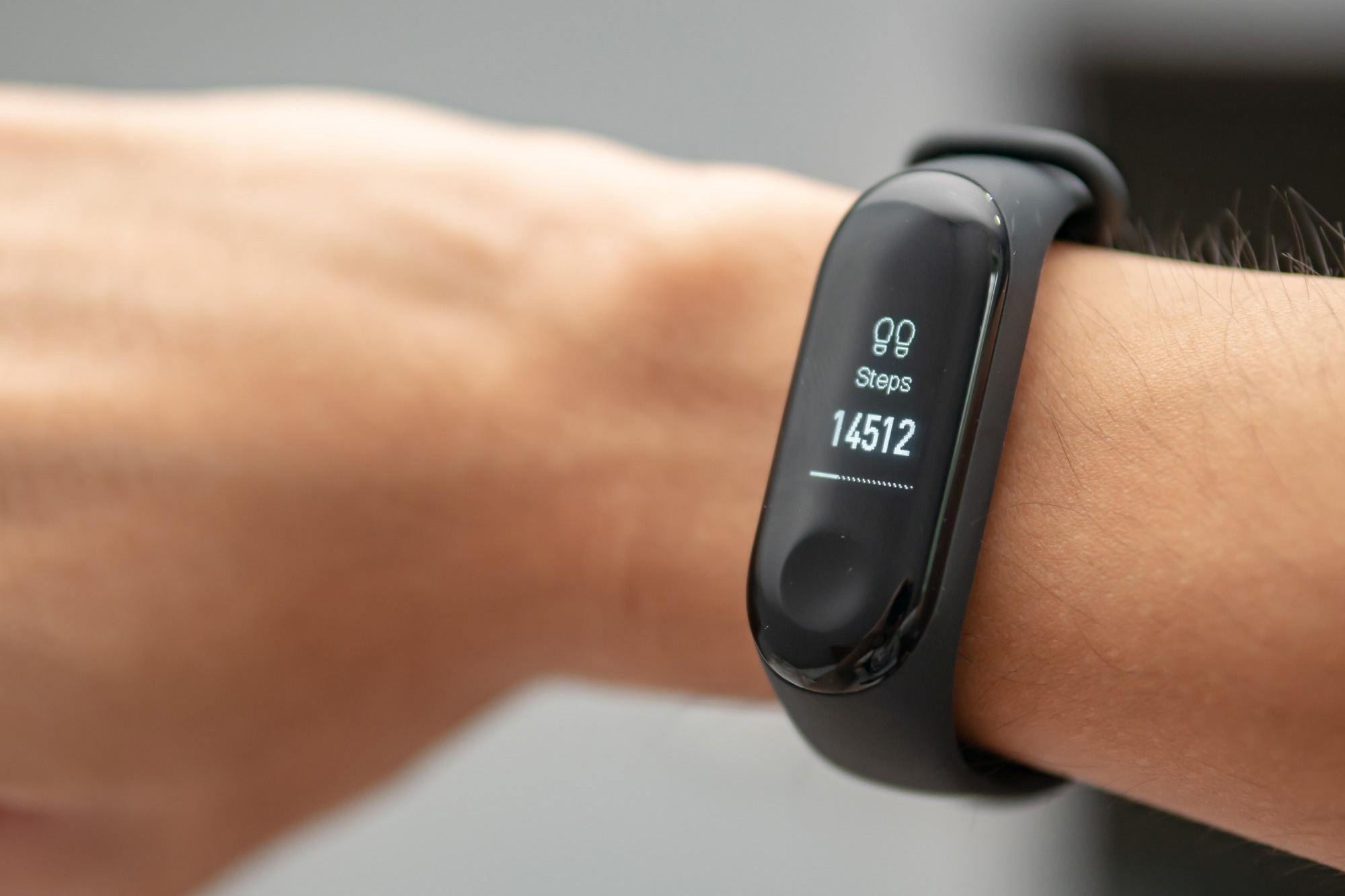In a recent study published in British Journal of Sports Medicine, researchers explore how sedentary time influences the relationship between daily step count and the risks of all-cause mortality and incident cardiovascular disease (CVD).
 Study: Do the associations of daily steps with mortality and incident cardiovascular disease differ by sedentary time levels? A device-based cohort study. Image Credit: Wachiwit / Shutterstock.com
Study: Do the associations of daily steps with mortality and incident cardiovascular disease differ by sedentary time levels? A device-based cohort study. Image Credit: Wachiwit / Shutterstock.com
The health effects of daily step counts and sedentary time
Daily step counts have been linked to reduced mortality and CVD risks, with benefits observed from 4,000-10,000 steps each day. Conversely, high sedentary time correlates with increased risks. While sedentary time and daily steps both influence CVD and mortality risk factors like obesity and blood pressure, the extent to which sedentary time alters these associations remains unclear.
Previous research suggests physical activity may mitigate the adverse effects associated with sedentary time; however, there remains a lack of specific guidance on daily steps in this context. Thus, further research is needed to clarify the impact of sedentary behavior on the health benefits of daily step counts and to refine physical activity guidelines for varying levels of sedentary time.
About the study
The present study included participants from the United Kingdom Biobank, which is a large prospective cohort consisting of adults between 40 and 69 years of age who were enrolled from 2006 to 2010. Participants underwent physical examinations and completed questionnaires. Individuals with pre-existing CVD or cancer, missing data, or events within the first year post-accelerometry measurement were excluded.
Physical activity was measured using Axivity AX3 accelerometers, which were worn continuously on the wrist for seven days to capture data on daily steps and sedentary time. Valid data required at least three days of monitoring, including weekend wear and sleep periods, with activity types classified through a validated machine learning scheme.
Mortality and CVD events were monitored until October 2021, with data linked to national health registers providing outcomes. The study defined CVD excluding hypertension and diseases of arteries, veins, and lymphatic systems. Covariates included demographic, lifestyle, and clinical factors, with additional sensitivity analyses considering potential mediating clinical factors.
Cox proportional hazards and Fine-Gray subdistribution models were used to explore the relationship between daily step counts, sedentary behavior, and health outcomes. These analyses determined the optimal and minimal number of daily steps needed to reduce the health risks associated with sedentary time using rigorous statistical techniques to guarantee the accuracy and credibility of the results.
Study findings
A total of 72,174 individuals were included in the study with a mean age of 61.1 years, 57.9% of whom were female. All study participants were followed for an average of 6.9 years, during which 1,633 deaths occurred. For the CVD analysis, 71,441 participants were monitored, which led to 6,190 events.
Participants recorded an average of 6,222 daily steps and 10.6 hours of sedentary time while wearing accelerometers for approximately 22.8 hours each day. Those with higher sedentary time, which comprised 53.8% of the sample, were more likely to be current smokers, have higher waist circumferences, and be on medication for cholesterol and hypertension.
The analysis distinguished between high and low sedentary time levels at over and less than 10.5 hours every day, respectively. Notable differences in mortality and CVD risks were associated with daily step counts within these groups.
A dose-response relationship between steps/day and health outcomes was observed, with the lowest risks for all-cause mortality at 9,000 steps/day for high sedentary individuals and approximately 10,300 steps/day for those with lower sedentary times. For CVD, the optimal daily steps were about 9,700 for both groups, with some advantages observed for lower sedentary times.
Sensitivity analyses, which adjusted for clinical factors and potential biases, confirmed the robustness of these associations and suggested a complex interplay between physical activity and sedentary behavior in determining health risks.
Further investigations revealed that modifying sedentary behavior could adjust the association between daily steps and health outcomes. For example, study participants 60 years of age and older exhibited lower risks for both mortality and CVD at similar step counts; however, the benefits were more pronounced for those with less sedentary time.
Conclusions
The optimal daily step range to reduce the risk of CVD and mortality for the current study was between 9,000 and 10,500 steps, regardless of sedentary behavior. Notably, individuals with high sedentary time had a lower risk at equivalent step counts than those with low sedentary time, thus highlighting the importance of increasing daily steps, particularly in sedentary individuals.
The current study emphasizes the importance of integrating increased physical activity with reduced sedentary time in health strategies utilizing wearable device data for more accurate activity tracking and public health guidance.
Journal reference:
- Ahmadi, M. N., Rezende, L. F. M., Ferrari, G., et al. (2024). Do the associations of daily steps with mortality and incident cardiovascular disease differ by sedentary time levels? A device-based cohort study. British Journal of Sports Medicine. doi:10.1136/bjsports-2023-107221